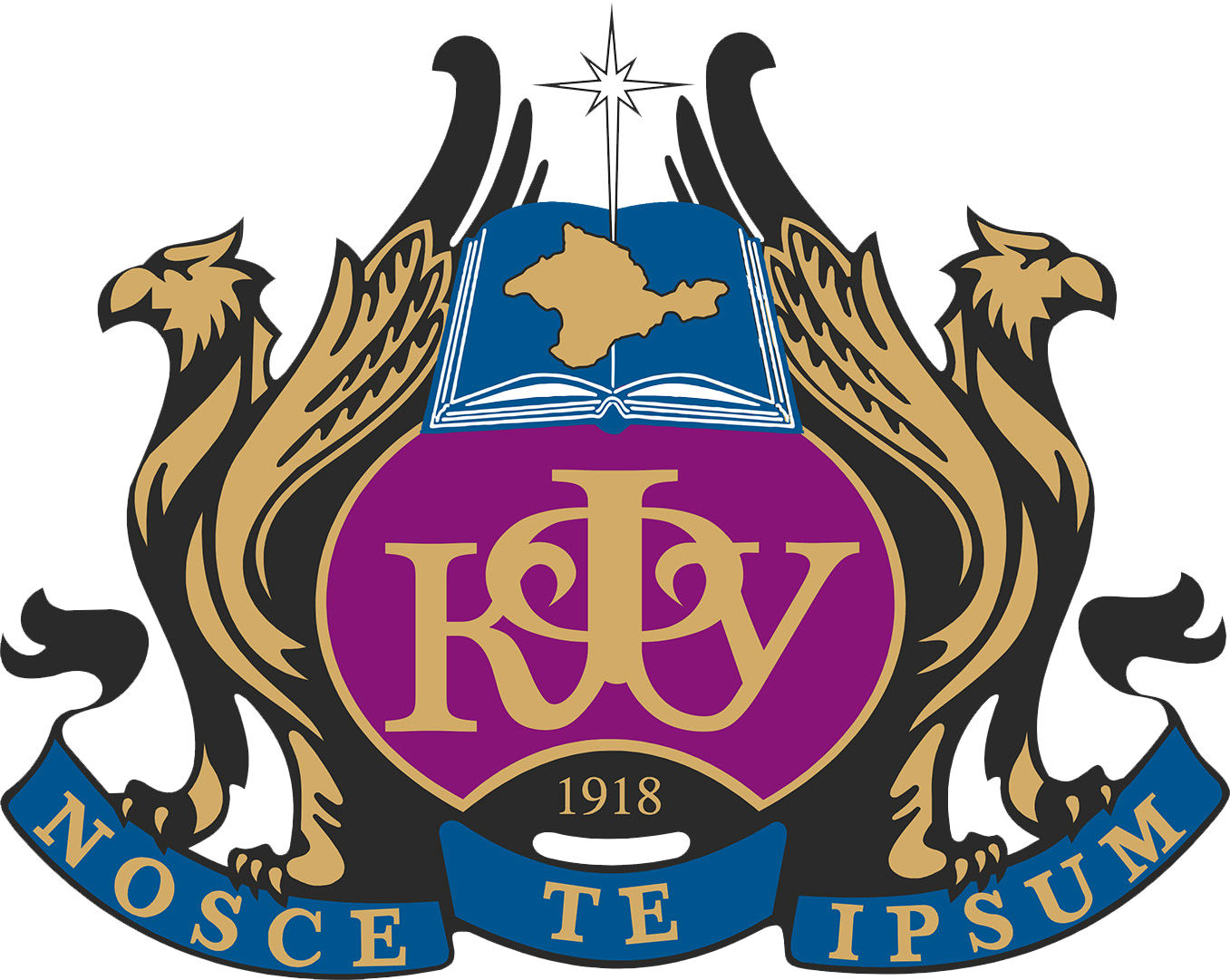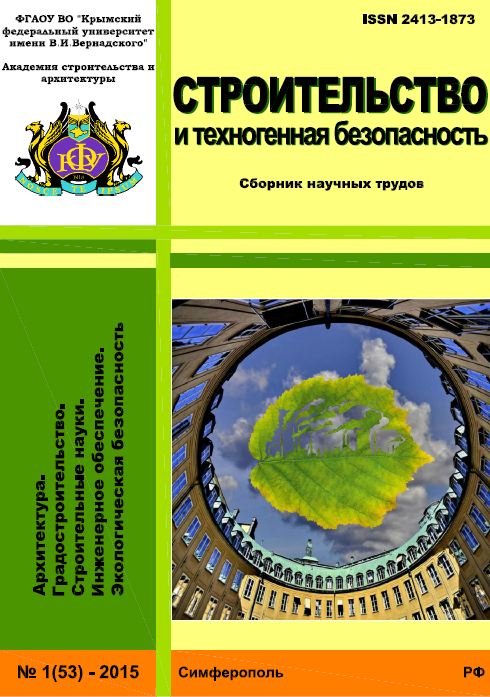Abstract. One of the most important environmental problems is the purification of industrial wastewater from heavy metal ions. Various methods are used to solve this problem: chemical, physico-chemical, sorption, but the most promising method for cleaning industrial wastewater containing heavy metal ions, namely copper, nickel and zinc, is the galvanocoagulation method. However, the literature does not sufficiently cover the processes of cementation of heavy metals on cathode loading. A physico-chemical approach to this process is necessary to confirm the process of separation of heavy metal ions from wastewater in the form of sediment and the creation of new industrial wastewater treatment schemes. The composition of the loading is essential in galvanocoagulation neutralization, therefore, in order to determine the effect of the type of active loading, a carbon mineral sorbent (SGN) obtained from ores of cryptocrystalline graphite (Noginsky deposit of the Krasnoyarsk Territory) was used. The studies were carried out in a galvanocoagulation module by passing wastewater through a loading consisting of a mixture of iron shavings and granules of carbon mineral sorbent based on ores of cryptocrystalline graphite (SGN). At the same time, the air dispersed in the lower part of the device was bubbled through the loading. As a result of the operation of the Fe-SGN short-circuited galvanic cell, iron scrap was dissolved and its intensive oxidation to Fe3+ by air oxygen. The article considers the mechanism of galvanocoagulation neutralization of wastewater based on thermodynamic analysis of redox reactions occurring during galvanocoagulation wastewater treatment. Subject of the study: both model and real wastewater from the production of electroplating coatings containing copper, zinc and nickel ions with the following concentrations were used: =60 mg/dm3; =15 mg/dm3; =20 mg/dm3 Materials and methods: galvanocoagulation neutralization using a short-circuited Fe-SGN galvanic cell (carbon mineral sorbent) Results: the physico-chemical patterns of the galvanocoagulation process of wastewater treatment have been studied and the thermodynamic parameters of heavy metal ion reduction reactions have been determined Conclusions. It has been experimentally established that it is possible to intensify the process of galvanocoagulation of wastewater containing heavy metal ions by using a carbon mineral sorbent as a cathode loading, which reduces the processing time with a high purification effect and a difficult-to-dissolve precipitate is formed.
galvanocoagulation, wastewater, heavy metal ions, electroplating
1. Zaitsev E.D. Intensification of wastewater treatment of industrial enterprises by galvanocoagulation (analytical review) / E.D. Zaitsev, A.P. Abramenko, – Semipalatinsk 1994.
2. Zaitsev E.D. Improvement of the method of galvanocoagulation of harmful impurities in wastewater of industrial enterprises/ E.D. Zaitsev // The journal Izvestiya VUZov ser. "Non-ferrous metallurgy", No.2 2002
3. Khalturina T.I. Investigation of the technological process of galvanocoagulation of copper-containing wastewater / T.I. Khalturina, T.A. Kurilina // Journal Izvestiya VUZov, ser. "Construction", No.8, 2008.
4. Chanturia V.A. Galvanochemical methods of purification of technogenic waters. Theory and practice / V.A. Chanturia, P.M. Solozhenkin – M.: ICTS Academy book, 2005, 205c.
5. Tyagulova V.G., Samoylik E.N., Dinmukhametova L.S., Popov V.V. Investigation of the destruction of organic pollutants in complex galvanocoagulation wastewater treatment / Scientific Journal Fundamental Research 2015 – N 11 (part 2) pp. 327-332.
6. Neschadin S.V. Ecological and chemical aspects of the galvanocoagulation method of industrial wastewater treatment containing heavy metal ions / Dissertation for the degree of Candidate of Technical Sciences // Moscow – 2004 141 p.
7. Batoeva A.A. Wastewater treatment using the microgalvanopara effect. Environmentally friendly technological processes in solving environmental problems: materials of the International Conference / A.A. Batoeva, A.A. Ryazantsev, L.V. Tumurova – Irkutsk, June 18-22, 1996. (Russian) Volume 2. pp. 97-98.
8. Ryazantsev A.A. Analysis of the level of technical solutions taken in the design of water protection facilities in Transbaikalia. International Congress "Water: Ecology and technology (Ecwatech-96)". Tez. dokl. (rus.) / A.A. Ryazantsev, A.A. Batoeva – M., 1996. pp. 84-85.
9. Ryazantsev A.A. Mechanisms of galvanocoagulation wastewater treatment. Dokl. II Region. the conference "Liquid. Problems and solutions". / A.A. Ryazantsev, A.A. Batoeva, V.B. Batoev, L.N. Korsun – Ulan-Ude, 1996. pp. 45-51.
10. Ulyanov V.P. Neutralization and wastewater treatment of galvanic production by galvanocoagulation / V.P. Ulyanov, V.I. Bulavin // Steel No. 10 2001
11. Dickerson R. The basic laws of chemistry / R. Dickerson, G. Gray, J. Haight – M:. Mir, 2 vols., 1982.
12. Kofanova N.K. Corrosion and protection of metals / Textbook for students of technical specialties Ministry of Education and Science. Donbass Mining and Metallurgical Institute 2003 – 181 p.
13. Zherin I.I., Amelina G.N., Strashko A.N., Voroshilov F.A. Fundamentals of electrochemical methods of analysis. Part 1 / Tutorial. Publishing house Tomsk Polytechnic Institute 2013 101 p.
14. A short reference book of physico-chemical quantities / edited by A.A. Ravdel, A.M. Ponomareva. – L.: Chemistry, 1983.





